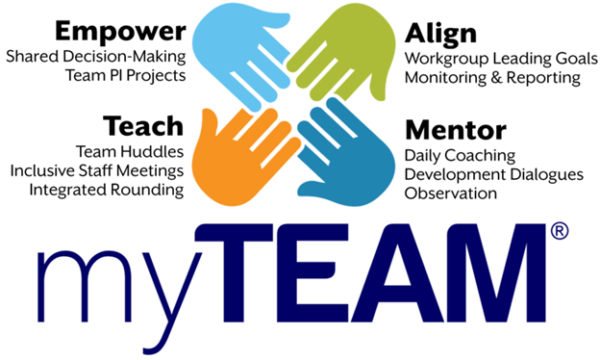Exasperated by current staffing and financial challenges, a friend who is a top executive at a major health system seemed uncharacteristically discouraged in a recent conversation. He admitted that their employee engagement, retention, and morale were at all-time lows. He also reluctantly confessed that he didn’t see a clear path out of the current morass.
Looking for a bright spot, he quickly shared, “But managers are doing action plans with employee engagement strategies right now to try to turn things around.”
Since we were both being open and candid with one another, I asked, “Have you really found those action plans to be effective?”
Without hesitation, he admitted, “No, you’re right. We usually check off the box that they’re done, then they go on the shelf, and we don’t look at them again.”
Of course, a conventional fix to the problem of poor follow up of employee engagement strategies would be a structured documentation and reporting system, requiring managers to submit monthly reports on the status of all improvement tactics. In today’s environment where frontline leaders are stressed and stretched more than ever before, it is probably also a recipe for middle manager mutiny.
But lack of follow-through isn’t the only reason action plans often don’t work. The following are three key problems we’ve seen in action plans.
Well-meaning managers believe more creative means more effective.
In well-meaning attempts to get staff more engaged, we’ve seen all kinds of creative solutions: staff lounge holiday decorating contests, bulletin boards featuring baby photos, and many recognition programs featuring prizes and trinkets. These are all fun ideas. But at the risk of sounding like a killjoy, these creative ideas miss the mark on what staff really want and need to feel connected, engaged, empowered, and fulfilled in their jobs.
Well-meaning managers ask frontline staff, “What do you want?”
Giving staff more voice is a key element of successful leaders’ engagement and retention strategy. But when a work team’s culture lacks foundational elements of trust, inclusion and transparency, employees are going to be reluctant to share what they really want – and need. If engagement and work team culture is poor, are team members really going to candidly tell their manager, “You don’t listen to us,” “You play favorites,” or “You’re never around when we really need you.”
Well-intentioned managers simply aren’t sure what to do.
More than ever before in Stamp & Chase’s 20-year-history, frontline leaders themselves are feeling burned out and uncertain how to rebuild work team engagement. If asked to create an action plan, conscientious leaders will develop something. But in their hearts, they often doubt that it will make a difference.
There’s got to be a better, smarter way
So, if action plans aren’t the answer, what’s the alternative for hard-working but very frustrated frontline leaders who want to best support their team?
Rather than asking every manager to rewrite the playbook on engagement, smart organizations leverage the abundant research on evidence-based leadership practices that we know reliably move the needle on staff morale, retention, and fulfillment. Providing professional education that helps managers discover and develop critical leadership skills is Step 1.
 But training alone is not enough. Even the most seasoned, adept leaders benefit from implementation support like Stamp & Chase’s MyTEAM® cloud-based platform to sustain these best practices over time. Tools that both facilitate and simplify the adoption of best leadership practices are what managers need most right now, not the ability to write better action plans.
But training alone is not enough. Even the most seasoned, adept leaders benefit from implementation support like Stamp & Chase’s MyTEAM® cloud-based platform to sustain these best practices over time. Tools that both facilitate and simplify the adoption of best leadership practices are what managers need most right now, not the ability to write better action plans.
